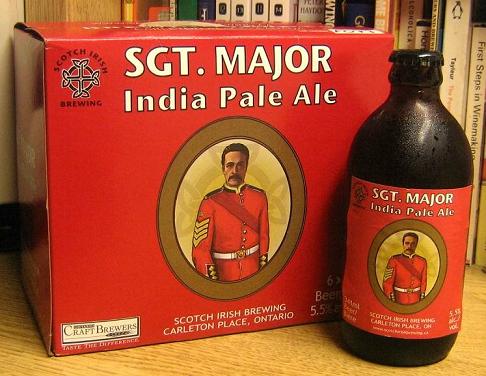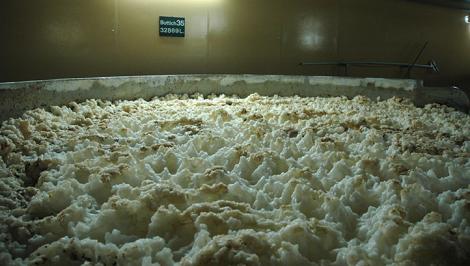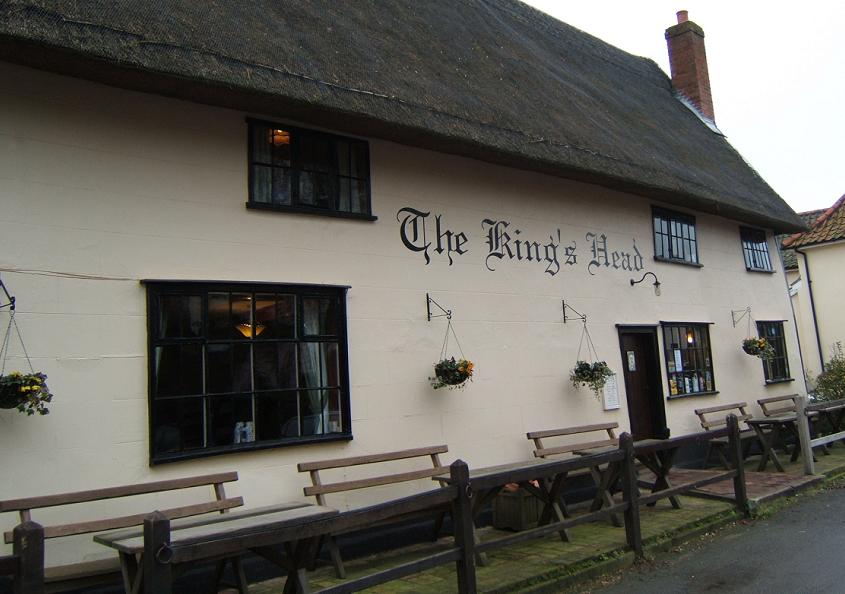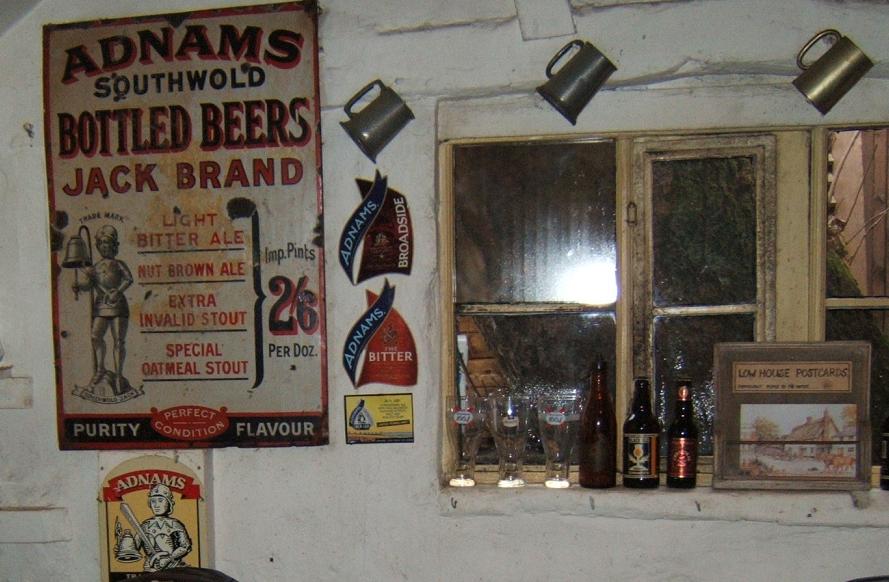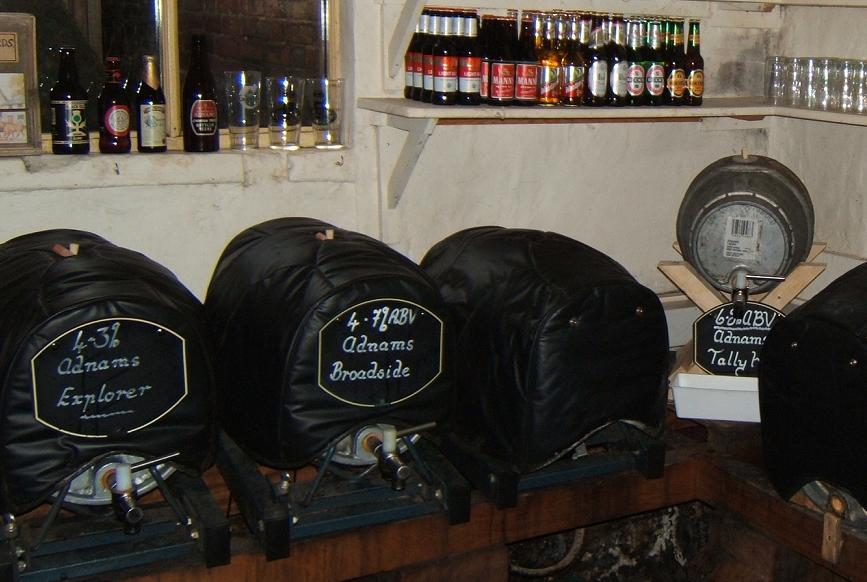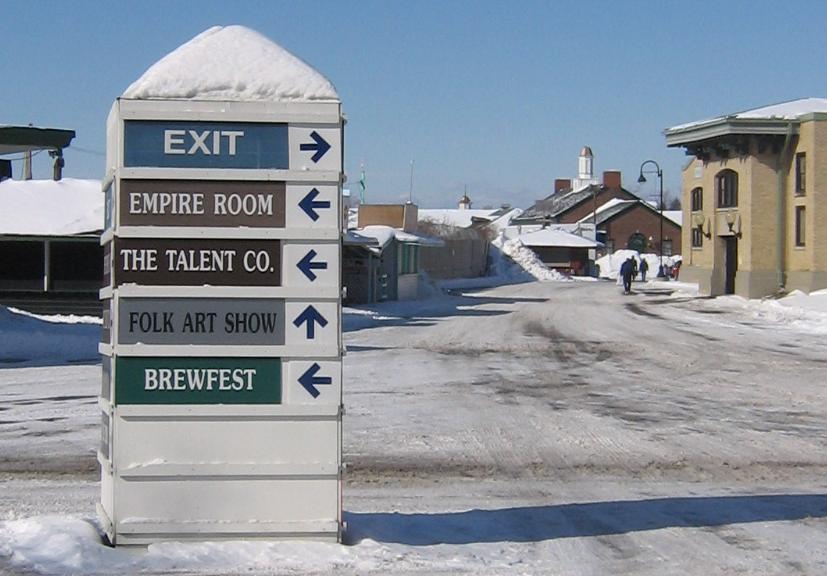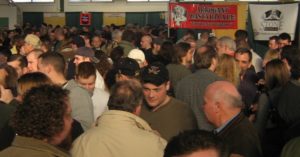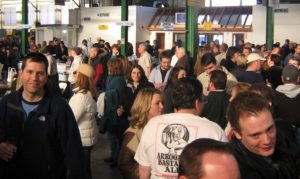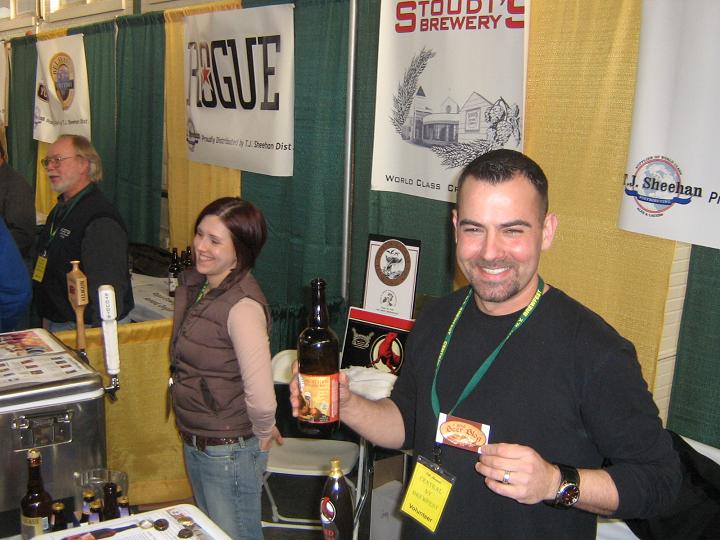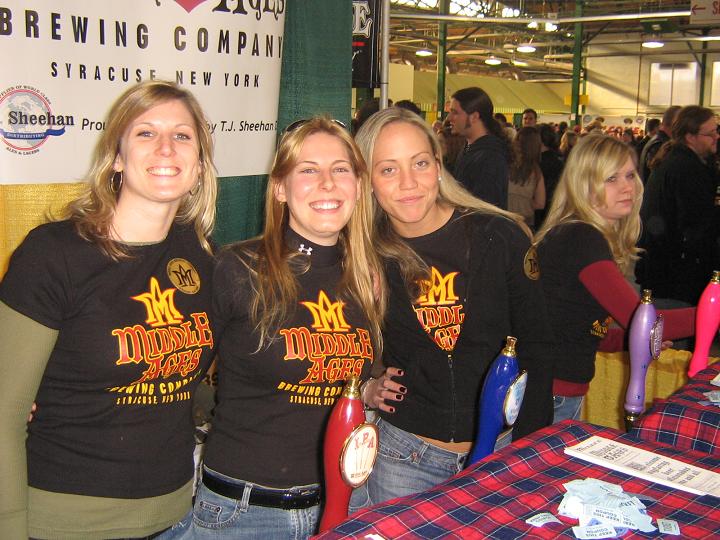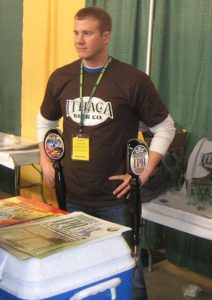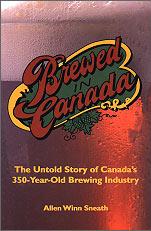 Some neato happening tomorrow as a small group of vehicles will leave Kingston filled with guys who are going to play a game in another country that they have never played before. Heck, even though we’ve had a batting practice, all nine players have not even been in the same room together yet. But tomorrow we play vintage base ball, sort of the logical extension of the Kingston Society for Playing Catch.
Some neato happening tomorrow as a small group of vehicles will leave Kingston filled with guys who are going to play a game in another country that they have never played before. Heck, even though we’ve had a batting practice, all nine players have not even been in the same room together yet. But tomorrow we play vintage base ball, sort of the logical extension of the Kingston Society for Playing Catch.
What happened was there was a call out from Sackets Harbor, New York to tourism folk in Kingston to get a team together to take on their team, the Ontarios, in a game using circa 1865-1875 rules as part of their Can-Am summer festival. A team from Rochester is also coming. Kingston’s inclusion is warranted. Some research shows that in 1875 and not much before and not much after Kingston had a club, the St. Lawrence Base Ball Club, that had two levels of players – the Reds and the Brown Stockings – that briefly played at the highest level. In 1875, they played the Live Oaks of Lynn Massachusetts as well as another a team from New Haven, Connecticut which appear to be the teams that the two pitchers who claim to have invented the curve ball and beat one of them. In that year, they also seem to have beaten the Canadian Champions Guelph Maple Leaf Club as well as the London Tecumsehs. The next year, they appear to have joined Canadian Association of Base Ball but also went on a ill fated tour of central NY which led to most of the team being fired for indescribable conduct of some sort.
 So we are holding ourselves out as the echo of the mighty St. Lawrence. It is an exploratory game, not only to see if we are any good and even if we are not to learn the rules and exactly which rules are to be used from the quickly moving post-Civil War period but also to check out the sort of uniforms and equipment might be needed to do this right. For tomorrow we are dressing something like Mennonite cricket players but I did buy a bat as well as a couple of lemon peel balls from the Phoenix Bat Company of Columbus, Ohio. The lemon peel has no core and is a bit bigger than a modern ball which makes it a bit easier to handle – which is good because we do not wear gloves.
So we are holding ourselves out as the echo of the mighty St. Lawrence. It is an exploratory game, not only to see if we are any good and even if we are not to learn the rules and exactly which rules are to be used from the quickly moving post-Civil War period but also to check out the sort of uniforms and equipment might be needed to do this right. For tomorrow we are dressing something like Mennonite cricket players but I did buy a bat as well as a couple of lemon peel balls from the Phoenix Bat Company of Columbus, Ohio. The lemon peel has no core and is a bit bigger than a modern ball which makes it a bit easier to handle – which is good because we do not wear gloves.
So likely some photos tomorrow. Best of all, it is being sponsored by the Sackets Harbor Brewing Company, the good folks of which I have had the pleasure of getting to know through beer blog work. This bodes very well for lunch, whatever the score.

